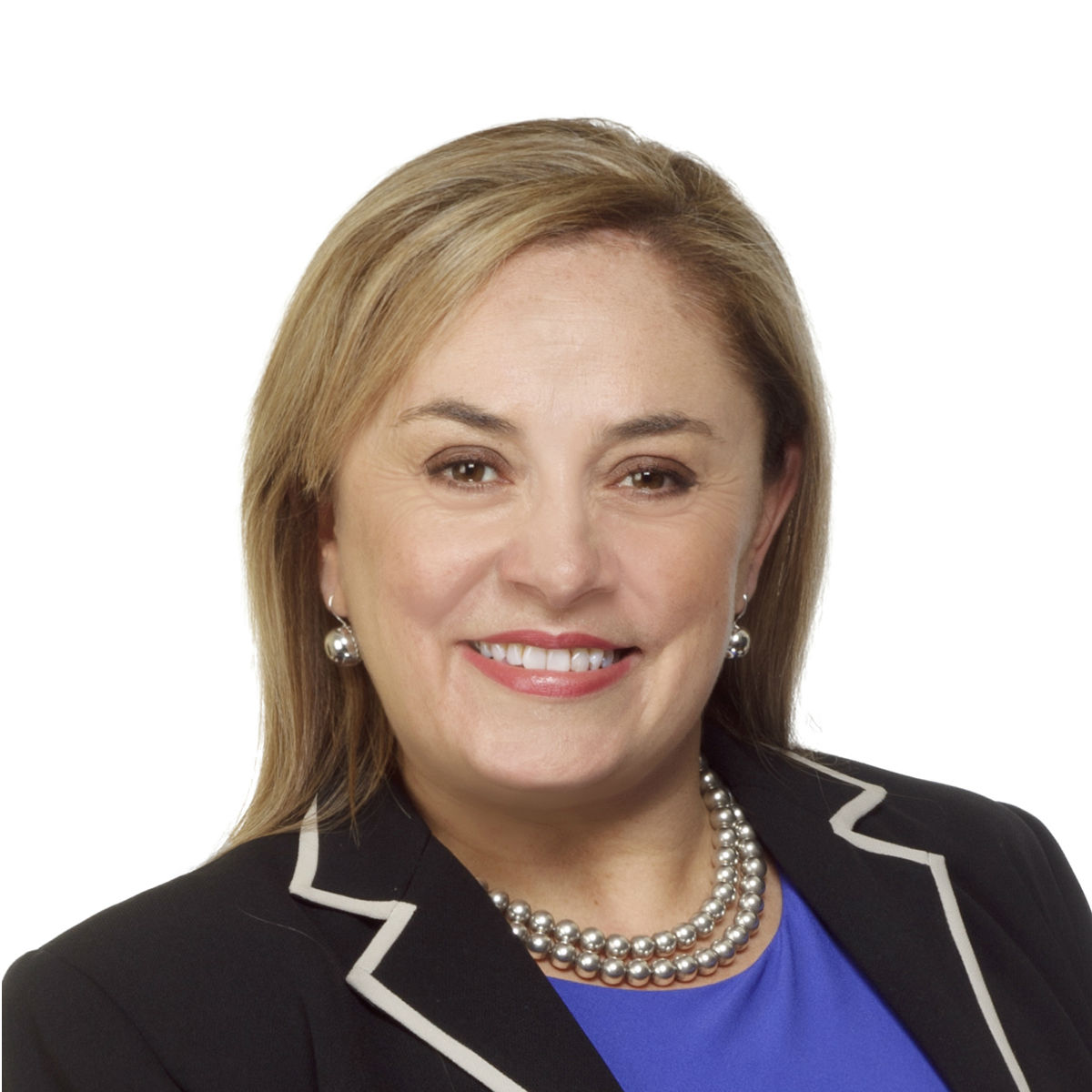Invest
End of financial year gear – is it time to fix?
The lead up to the end of the financial year often signals a time for investors to take stock of their holdings, consider their tax management strategies and plan for the year ahead.
End of financial year gear – is it time to fix?
The lead up to the end of the financial year often signals a time for investors to take stock of their holdings, consider their tax management strategies and plan for the year ahead.

Portfolio strategy
A portfolio review around tax time also leads to discussions about tax effective strategies such as gearing, especially in a low interest rate environment where borrowing to invest becomes even more attractive.
Consider an equity portfolio constructed to pay 4 per cent p.a. expected dividend (62 per cent franked) and 6 per cent p.a. expected growth. Take an investor on a marginal tax rate (MTR) of 39 per cent (including Medicare Levy) who borrows half of the amount invested in the portfolio.
The expected dividends offset interest costs on an after-tax basis. The portfolio needs to grow by less than 1 per cent p.a. over five years to return more than if the investor only invested their own capital. Investors should keep in mind that there will be a timing mismatch between receipt of dividends and interest payments.

If over five years the portfolio performs as expected, the geared investor will earn more than 12 per cent p.a. (on an after-tax basis) on their capital. Contrast that to the 8 per cent p.a. (on an after-tax basis) earned by the ungeared investor. Of course, the risks can’t be ignored. If the portfolio falls by more than 1.3 per cent p.a. the geared investor will lose capital and will lose more than the ungeared investor.
If the portfolio in this example has an average loan to value ratio of 75 per cent (the maximum the bank will lend expressed as a percentage of the portfolio’s value) and a buffer of 10 per cent, it would have to fall in value by more than 40 per cent for the investor to receive a margin call. A fall of this scale is possible, but for a prudently diversified investor, falls of this magnitude occur only during significant market corrections such as the GFC.
Savings and certainty
No one expects to see pre-GFC interest rates of 7 to 8 per cent any time soon. However, the only certainty is that things will change. The RBA has been clear that the next move in rates will most likely be up. And the expectation among economists and analysts is that this could potentially occur in early 2019.
For investors with a medium-term strategy, it may be worth locking in these historically low interest rates at a competitive rate and paying a year of interest in advance. A typical Australian resident taxpayer can potentially claim that prepaid interest as an income tax deduction in the current financial year. This means, the cost of borrowing may be reduced by approximately 30-40 per cent depending on tax circumstances.
Gearing – the next wave
Investors new to gearing, are borrowing to invest primarily in order to diversify their portfolios and obtain greater market exposure. So, it’s no wonder that exchange-traded funds (ETFs) are finding favour with investors and are becoming one of the fastest growing investment tools in the world.
Low interest rates mean that with lower returns on cash, these investors are finding Leveraged’s Instalment Plus facility a great way to build a share portfolio. Starting out with as little as $1,000, the obvious appeal is that they can start building a portfolio with thousands, rather than hundreds of thousands needed to get a foot in the residential property market.
For older investors, constant tinkering with super regulations makes a compelling case for keeping a component of their savings and investments outside of super – where it will be taxed at higher rates, but fully accessible at any time. So, if the property market continues to cool or that dream home suddenly becomes available, investors are better positioned to move swiftly. It may be that in the future super payments currently tax-free become at least partially taxed, or that lump-sum withdrawals are banned in favour of a compulsory annual income stream. The point is, there is no certainty and with super policy constantly changing, it is important not to rely on only one retirement funding strategy when it comes to future financial security.
Teresa Dalla-Fontana is business development manager at Leveraged.

Investment insights
Global deal activity declines by 6% amid challenging market conditions, reports GlobalData
In a year marked by economic uncertainty and geopolitical tensions, global deal activity has experienced a notable decline, according to recent findings by GlobalData, a prominent data and analytics ...Read more

Investment insights
Furious five trends set to reshape the investment landscape in 2026
The investment landscape of 2026 is poised for transformation as five key trends, dubbed the "Furious Five" by CMC Markets, are set to dominate and disrupt markets. These trends encompass artificial ...Read more

Investment insights
Investors maintain cautious stance amid data uncertainty
Amidst the backdrop of a US government shutdown and lingering economic uncertainties, investors have adopted a neutral stance, as revealed by the latest State Street Institutional Investor IndicatorsRead more

Investment insights
State Street's 2026 global market outlook anticipates cautious growth with strategic investment shifts
State Street Investment Management, the world's fourth-largest asset manager, has released its much-anticipated 2026 Global Market Outlook (GMO) report titled "Forward with Focus." The report provides ...Read more

Investment insights
J.P. Morgan strategists highlight Australia as a key investment destination amidst global uncertainties
Amidst a backdrop of fluctuating energy prices, J.P. Morgan Private Bank strategists have identified Australia as a beacon of opportunity for global investors, particularly within its fixed income and ...Read more

Investment insights
HarbourVest Partners unveils new private equity benchmarks highlighting long-term outperformance
In a significant update for the private equity world, HarbourVest Partners, a leading global private markets investment firm, has released its quarterly private equity benchmarks, providing ...Read more

Investment insights
Mason Stevens strengthens UHNW offering through partnership with GloryHouse
In a strategic move set to bolster its position in the ultra-high-net-worth (UHNW) sector, Mason Stevens, a prominent name in Australia's wealth management landscape, has announced a partnership with ...Read more

Investment insights
Beyond the trophy: What the Women in Finance Awards 2025 signal for strategy, talent and ROI
Australia’s Women in Finance Awards have crowned their 2025 cohort, but the real story isn’t the stage—it’s the strategy. Recognition programs now function as market barometers, signalling which ...Read more

Investment insights
Global deal activity declines by 6% amid challenging market conditions, reports GlobalData
In a year marked by economic uncertainty and geopolitical tensions, global deal activity has experienced a notable decline, according to recent findings by GlobalData, a prominent data and analytics ...Read more

Investment insights
Furious five trends set to reshape the investment landscape in 2026
The investment landscape of 2026 is poised for transformation as five key trends, dubbed the "Furious Five" by CMC Markets, are set to dominate and disrupt markets. These trends encompass artificial ...Read more

Investment insights
Investors maintain cautious stance amid data uncertainty
Amidst the backdrop of a US government shutdown and lingering economic uncertainties, investors have adopted a neutral stance, as revealed by the latest State Street Institutional Investor IndicatorsRead more

Investment insights
State Street's 2026 global market outlook anticipates cautious growth with strategic investment shifts
State Street Investment Management, the world's fourth-largest asset manager, has released its much-anticipated 2026 Global Market Outlook (GMO) report titled "Forward with Focus." The report provides ...Read more

Investment insights
J.P. Morgan strategists highlight Australia as a key investment destination amidst global uncertainties
Amidst a backdrop of fluctuating energy prices, J.P. Morgan Private Bank strategists have identified Australia as a beacon of opportunity for global investors, particularly within its fixed income and ...Read more

Investment insights
HarbourVest Partners unveils new private equity benchmarks highlighting long-term outperformance
In a significant update for the private equity world, HarbourVest Partners, a leading global private markets investment firm, has released its quarterly private equity benchmarks, providing ...Read more

Investment insights
Mason Stevens strengthens UHNW offering through partnership with GloryHouse
In a strategic move set to bolster its position in the ultra-high-net-worth (UHNW) sector, Mason Stevens, a prominent name in Australia's wealth management landscape, has announced a partnership with ...Read more

Investment insights
Beyond the trophy: What the Women in Finance Awards 2025 signal for strategy, talent and ROI
Australia’s Women in Finance Awards have crowned their 2025 cohort, but the real story isn’t the stage—it’s the strategy. Recognition programs now function as market barometers, signalling which ...Read more








